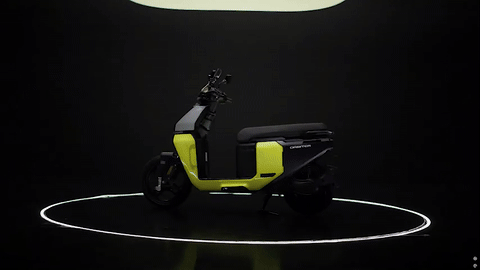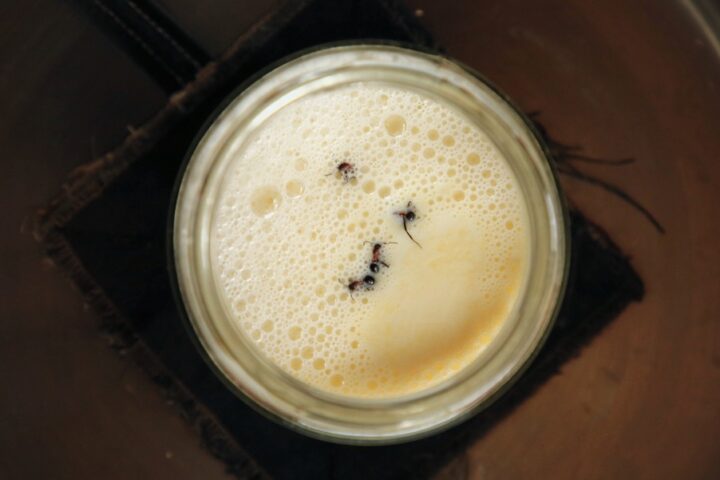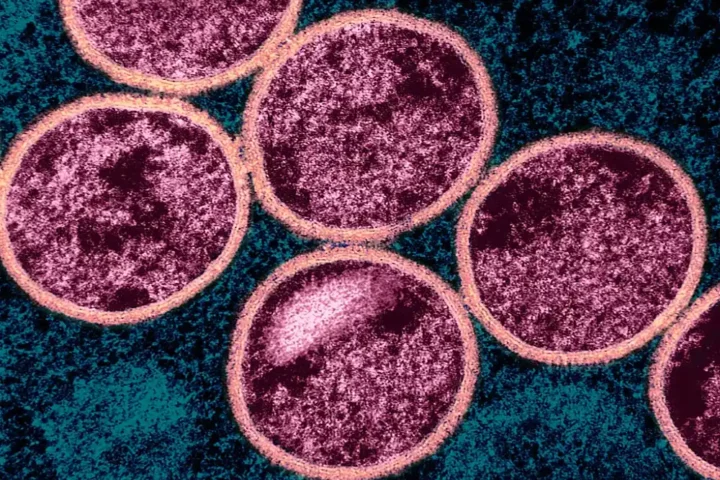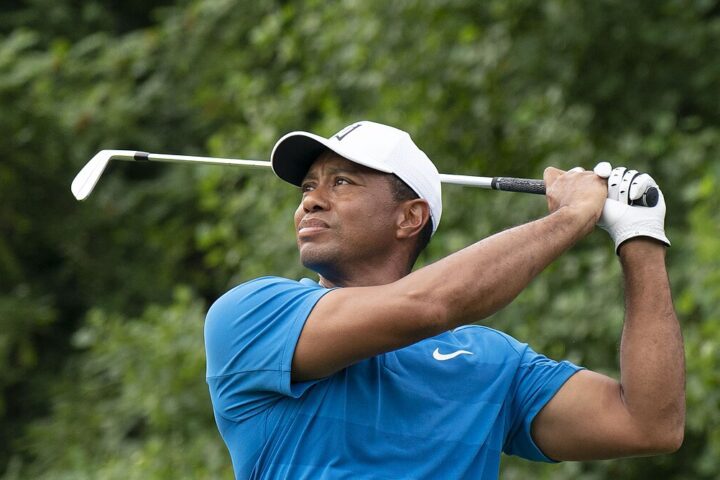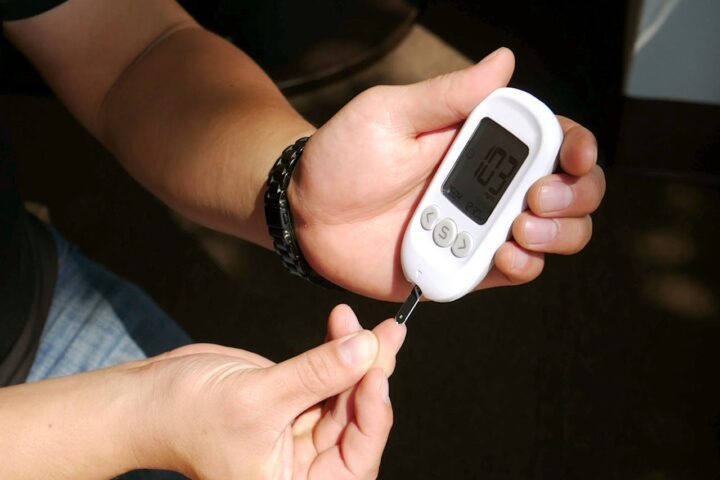Ever noticed how one parent bolts upright at the baby’s tiniest whimper, while the other only stirs when there’s a suspicious noise downstairs? This isn’t just about who’s more tired—nurture trumps nature at nighttime, shaping how parental brains adapt during the transition to caregiving.
The Hormones Behind the Huddle
Research shows that both mothers and fathers experience hormonal changes that influence how they respond to their babies. Oxytocin—often called the “bonding hormone”—plays a key role in parental behaviors for both parents, not just mothers. While some studies examine how parents process infant signals differently, the evidence doesn’t support that fathers are specifically wired to detect external threats instead of baby cries.
Studies by Dr. James Swain from the University of Michigan have shown that parental brains undergo changes that help them respond to their infants. According to his research, “Parents typically find themselves highly motivated to take care of their infants’ needs and also find the interactions with infants rewarding.”
Your Brain on Baby Duty
Brain imaging reveals that when parents hear their own baby crying, multiple regions activate:
For both mothers and fathers, areas linked to caregiving and emotional processing show increased activity. The amygdala and hypothalamus help process emotional responses, while other regions support empathy and care behaviors.
Research shows that these brain responses aren’t exclusive to mothers—fathers also show activation in networks for emotion and social cognition when hearing baby cries. The patterns vary based on caregiving involvement and individual experiences rather than strictly following gender lines.
Similar Posts
Learning the Nighttime Dance
The differences in how parents respond to infant cues aren’t simply hardwired by evolution. Research published in Nature Communications found that “both fathers and mothers can reliably and equally recognize their own baby from their cries, and that the only crucial factor affecting this ability is the amount of time spent by the parent with their own baby.”
While evolutionary hypotheses about complementary parental vigilance exist, these remain theoretical rather than established facts. What’s clear is that exposure and learning play crucial roles in developing parental responses.
Not Every Family Fits the Mold
It’s important to know that these patterns aren’t universal. Factors like:
- Individual hormone levels
- Sleep deprivation
- Cultural expectations
- Personal experience
All influence how parents respond at night. Research is expanding to include same-sex parents and adoptive families, showing that caregiving roles can adapt regardless of biological predispositions.
Making Nighttime Parenting Work
Understanding the science behind parental responses can help families work together:
- Try alternating “first response” duties
- Use baby monitors with different alert tones (softer for feeding needs, louder for unusual situations)
- Recognize that different responses aren’t about caring less—they’re about caring differently
Studies show that early parental responsiveness—regardless of which parent provides it—supports healthy attachment and helps children develop better stress regulation systems.
The Takeaway
Parental brain and hormonal systems are involved in responses to infant cues, with patterns varying across individuals and contexts. While some studies report differences in how mothers and fathers respond to baby cries, consistent patterns of “distress vs. external threat” responses strictly divided by parent gender are not firmly established in research.
The research suggests these responses develop through both biological changes and learning experiences as parents spend time with their infants. Individual variations exist, and understanding biological tendencies alongside learning can help parents develop effective nighttime care strategies.


